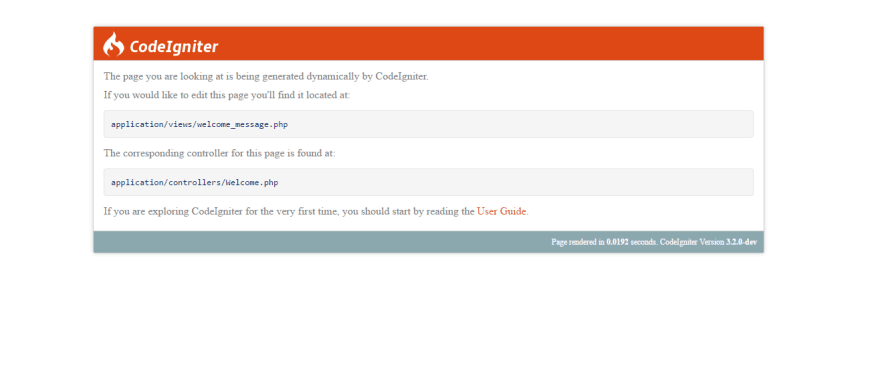


Now that you are a wget proxy pro, you now have free reign to extract almost whatever you want from websites.
#WGET BASIC AUTH DOWNLOAD#
Thanks to proxies, you can download content more securely from the world wide web. Then the request returns through that same server, although this may not always be the case, and that server forwards the received data from the requested webpage back to you. When you use a proxy server, traffic flows through the proxy server to the requested address. Proxy servers may exist in schools, workplaces, and other institutions, where users need authentication to access the internet, and in some cases restricts the user from accessing certain websites. Proxies are an intermediary server separating end-user clients from the destinations that they browse. A proxy server is any machine that translates traffic between networks or protocols. Speaking of downloads, the wget tool even supports downloads through HTTP proxies. Not to mention the tool is non-interactive and runs independently in the background, meaning it does not matter if you are actively logged on while downloads occur. Wget is versatile, which is another reason it became so popular, it can work for scripts, terminals, and cron jobs. Afterward, the retrieved data is saved in a directory structure mirroring the remote server, thus creating a clone of webpages via HTTP. It repeats this process until all content downloads or a specified recursion depth by the user is obtained. The tool also works as a web crawler by scraping linked resources from HTML pages and downloading them in sequence. And repeats this process until the whole file is successfully retrieved. So if a download stops before completion due to a network error, wget automatically continues the same download from where it left off. Wget is designed to be effectively reliable over slow or unstable network connections. It supports HTTP, HTTPS, and FTP protocols. Wget is a GNU command-line utility tool primarily used to download content from the internet.
#WGET BASIC AUTH HOW TO#
Still having trouble? Here is an additional video that shows how to install wget on Windows 10. Open the command prompt (cmd.exe), and run wget to check if it was successfully installed.Copy the wget.exe file into your C:\Windows\System32 folder.Download wget for Windows and install the package.To install and configure wget for Windows: In addition to form-based authentication.You can check for successful installation by rerunning the previous command to view its current version. Support some few obscure servers, which never send HTTPĪuthentication challenges, but accept unsolicited auth info, say, Use of this option is not recommended, and is intended only to Just like Wget 1.10.2 and prior did by default. Information (plaintext username and password) for all requests, If this option is given, Wget will send Basic HTTP authentication The manpage of wget describes the flag as follows: Add this to your wget call and it should work. The reason is, because only HttpClient calls this kind of behavior as “Preemptive”, wget calls this flag “–auth-no-challenge”. Using google to find an answer for this was no help. This worked very well, but the first tests using wget failed because Spring Security couldn’t authenticate the request. For the authentication part, RestClient has a checkbox labelled “Preemptive?” which is enabled by default. This Tool, written in Java, internally uses Apache Commons HttpClient for all HTTP Connections. During development we were using RestClient to consume the REST Service. The Server is running Spring Security 3.1 using HTTP Basic authentication. Recently I had a problem when consuming a Secured REST Service using wget on Linux.


 0 kommentar(er)
0 kommentar(er)
